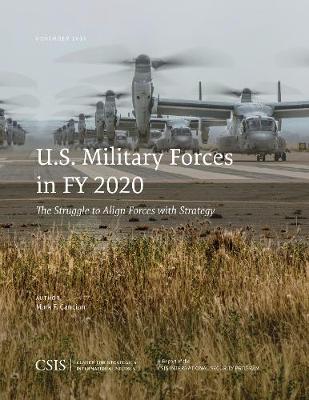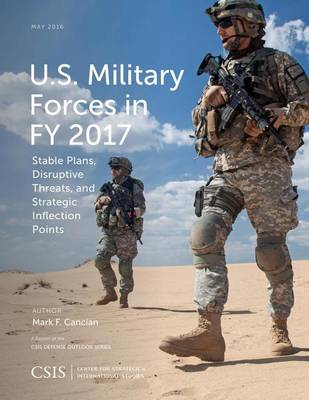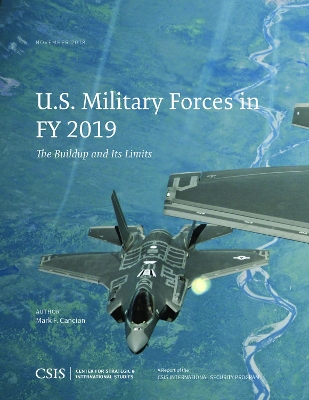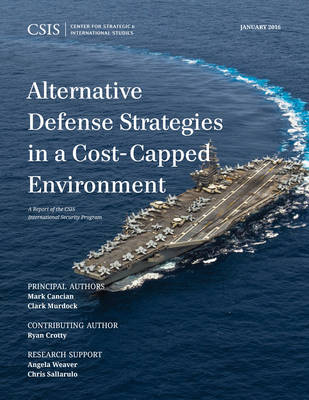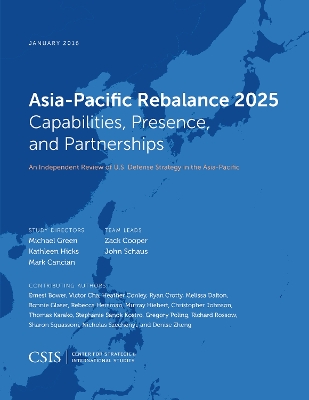CSIS Reports
5 total works
Annually, CSIS senior adviser Mark Cancian publishes a series of papers on U.S. military forces-their composition, new initiatives, long-term trends, and challenges. The overall theme of this year's report is the struggle to align forces and strategy because of budget tradeoffs that even defense buildups must make, unrelenting operational demands that stress forces and prevent force structure reductions, and legacy programs whose smooth operations and strong constituencies inhibit rapid change. This report takes a deeper look at the strategic and budget context, the military services, special operations forces, DOD civilians and contractors, and non-DOD national security organizations in the FY 2020 budget.
This timely study examines the Defense Department's FY 2017 budget proposal for the size and shape of military forces; what that proposal means for cost, strategy, and risk; and challenges the proposal faces in implementation. The study covers all four military services plus government civilians, contractors, and department-wide initiatives.
The Trump administration's FY 2019 budget proposal laid out a set of priorities. To pay for these initiatives, the FY 2019 defense budget rose 14 percent above the FY 2017 level. The Congress generally endorsed the administration's approach. However, the choices showed that there is no escaping the tradeoff among readiness, modernization, and force structure. This study examines the changes in the FY 2019 budget for each of the military services, DOD civilians, and contractors, how the budget shapes the forces, and the challenges ahead for building and maintaining the forces needed to implement the administration's stated strategy.
Alternative Defense Strategies in a Cost-Capped Environment
by Mark F. Cancian and Clark Murdock
Published 16 February 2016
This study identifies five alternative strategies and, using CSIS's Force Cost Calculator, builds a cost-capped force structure, modernization program, and readiness profile for each strategy. It then stress-tests each strategy against four sets of simultaneous conflict scenarios, which the authors devised. The study explores potential ways to mitigate the fiscal pressure forcing these strategic tradeoffs. It concludes by making recommendations for the FY 2017 defense budget and the next Quadrennial Defense Review (QDR).
Asia-Pacific Rebalance 2025
by Michael Green, Kathleen Hicks, and Mark F. Cancian
Published 4 March 2016
In 2015, Congress tasked the Department of Defense to commission an independent assessment of U.S. military strategy and force posture in the Asia-Pacific, as well as that of U.S. allies and partners, over the next decade. This CSIS study fulfills that congressional requirement. The authors assess U.S. progress to date and recommend initiatives necessary to protect U.S. interests in the Pacific Command area of responsibility through 2025. Four lines of effort are highlighted: (1) Washington needs to continue aligning Asia strategy within the U.S. government and with allies and partners; (2) U.S. leaders should accelerate efforts to strengthen ally and partner capability, capacity, resilience, and interoperability; (3) the United States should sustain and expand U.S. military presence in the Asia-Pacific region; and (4) the United States should accelerate development of innovative capabilities and concepts for U.S. forces.
